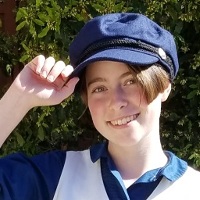
by Lorelei Marcus
I recently went to Japan and discovered a new obsession. I'm still a fan of the miniskirts and psychedelic patterns of Western fashion's new trends, but there's something ethereal and ancient about the Japanese woman's daily wear.
The kimono, a style of dress which has deliberately maintained a particular silhouette for centuries, commands an aura of respect and luxury. The woven and hand-painted silk is infinite in its multitude of designs and execution, and yet always recognizable in its construction as the ancient pattern of the kimono.
They are also quite an expensive garment, unless you know where to look. A friend of mine introduced me to her favorite antique store in a little town called Owari Asahi. There, stuffed in a cardboard box, was a treasure trove of previously worn kimono for a discounted price. Thus began my journey of collecting old and damaged kimonos from secondhand shops across Japan.

Occasionally, I would take breaks from my quest to enjoy other parts of Japan. Between two of my stops was a movie theater playing the newest kaijuu ("monster") movie, Destroy All Monsters. For old time's sake, and to give The Traveler a break from endless stalls of kimono accessories, we decided to give it a watch.

The Japanese title, 怪獣総進撃, better translates as "all-out monster attack"
The movie begins on Monster Island, a man-made reserve that contains and sees to the needs of all the world's monsters. I greatly appreciated the concept of Monster Island; the monsters in their movies typically don't set out to destroy humanity, instead by chance crashing through the world's most notable landmarks while trying to reach some other goal (eating, mating, what have you). They are also established as practically indestructible, so course the best solution is to create a home and care for the monsters such that they never want to leave. Brilliant!

"Morning, Frank!" "Morning, Bob."
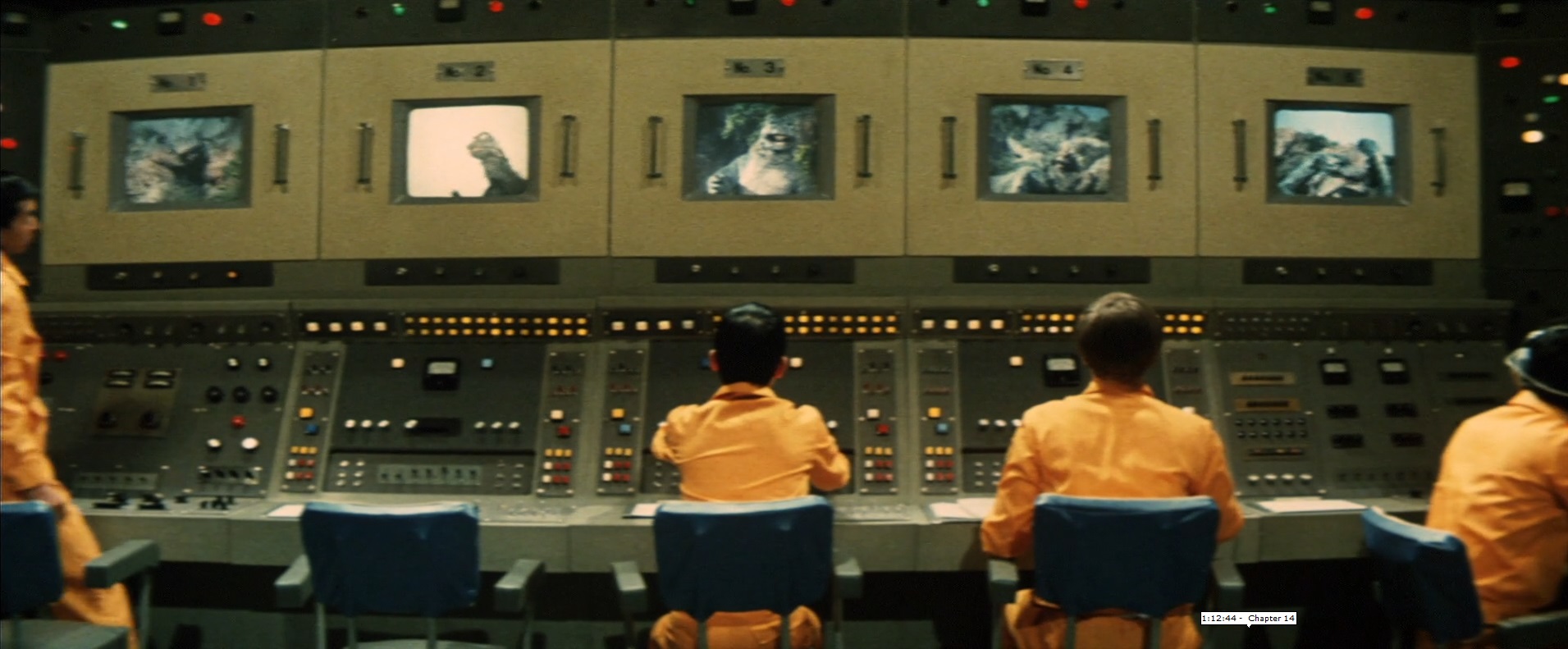
Monster Island gets five networks!
But of course, something still goes wrong. The underground control center of the island is sabotaged, and the monsters are released to strategically attack many of the world's major capitals. After some investigation, it's discovered that the culprits are Kilaaks, an alien species from an asteroid who seek cohabitation on Earth. They threaten to continue controlling the monsters and sending them to wreak havoc until humanity yields to their demands.

Behold the Arc d'Collapse
Thankfully, the humans respond quickly and find the radio receivers the Kilaaks have hidden across the world. The Kilaaks are clever, though, and always seem to be one step ahead of the humans. They retain control of the monsters via remote bases established while humanity was busy hunting down the radio receivers.
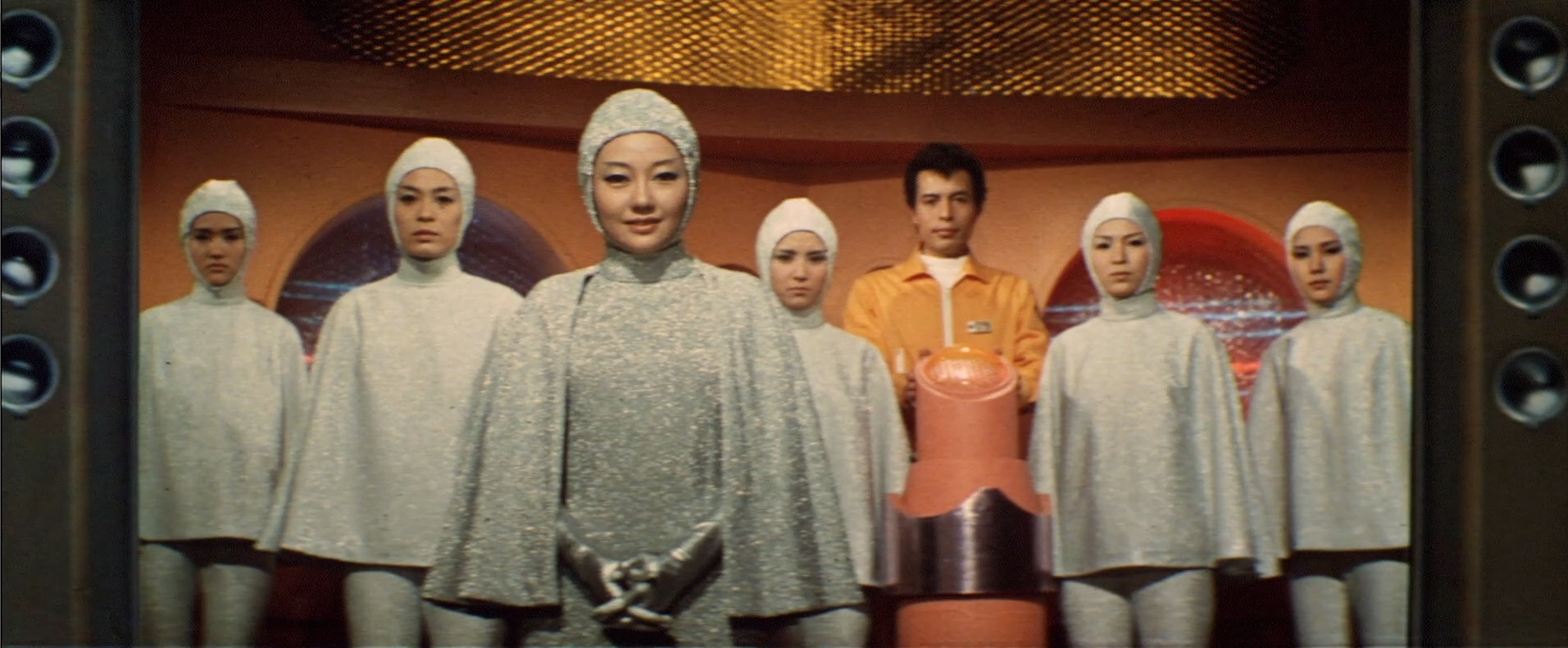
The bad guys
Enter our hero, commander of the magical moon rocket – a miraculous vehicle that can maneuver well through both atmosphere and vacuum, and also never runs out of fuel. The captain and his crew fly to the moon, where one of the Kilaak bases is suspected to be. Sure enough, they land in a suspicious looking crater and their ship is engulfed in flame. The crew barely escapes in their moon buggy, which is conveniently both armed and effective against the Kilaaks' defenses. With a quick blast of the moon buggy laser cannon, the Kilaak base is destroyed, and the aliens' true forms are revealed: they're really creatures of pure metal which are dormant unless exposed to extremely high temperatures. With their environmental control destroyed, the aliens turned back into lumps of rocks and become harmless.

The Moon ship
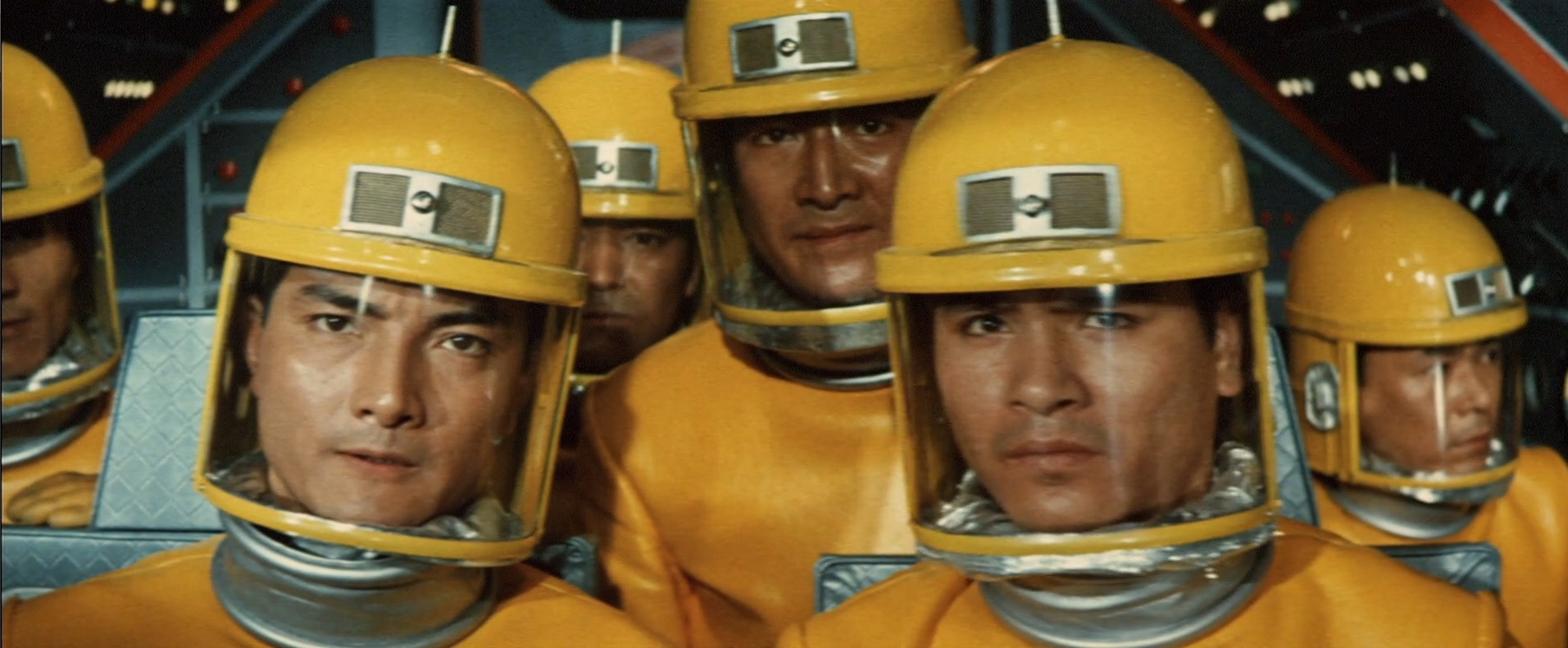
The Moon crew

Pew pew!

The bad guys' true form
Despite having been thoroughly toasted, the crew's ship still works just fine, and they use it and their infinite fuel supply to fly back to Earth. Now only one Kilaak base remains, embedded in the west side of Mount Fuji, and this time the humans have help!

The magnificent nine!
Apparently scientists have managed to decipher and disable the monster control technology the Kilaaks used, and the kaijuu are now on humanity's side – not because the humans are controlling them, but because the monsters recognize the Kilaaks as their true enemy. A vanguard of monsters charge Mount Fuji, led by Godzilla, but the Kilaaks have another trick up their sleeve. Suddenly, King Gidira appears, summoned from outer space, and an epic monster versus monster battle ensues.
After five minutes of monster sound effect cacophony, with Minilla (Godzilla's adopted child) dancing in the corner until his final attack is charged, Gidira is defeated.

The monsters rush in and destroy the Kilaaks' base and revert the aliens back to their dormant forms. There's one last conflict with the remaining Kilaak ship (disguised as the "fire dragon monster") but it's quickly destroyed by our good old all-powerful moon rocket, and the day is saved.
The film ends with the monsters restored to Monster Island, coexisting happily with each other and the humans. Godzilla even waves to the control center helicopter as it flies away and the credits roll. How sweet.

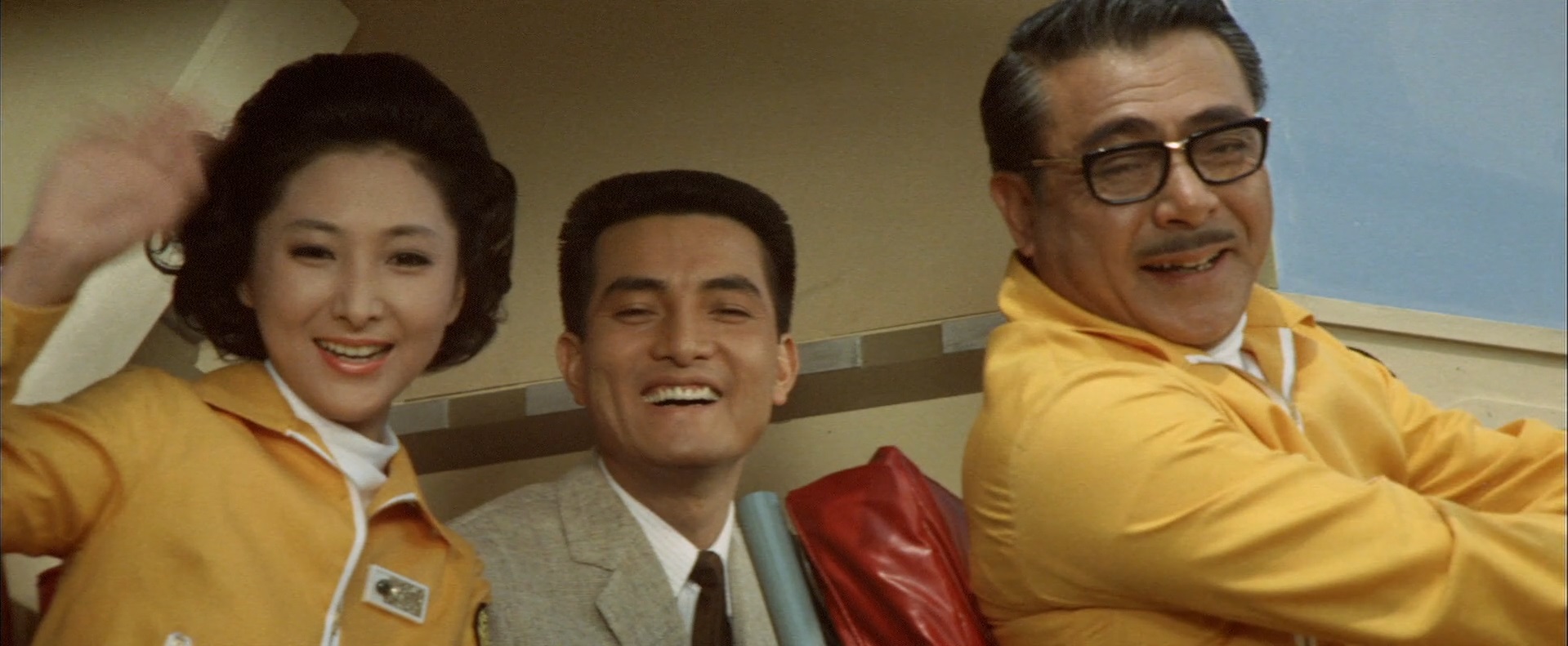
"Bye, kids!"

"Bye, folks!"
I wouldn't say this is the best Toho movie I have seen, but overall it wasn't a bad experience. The miniature work was gorgeous, though as always, I would like to see more city destruction. The sheer variety of monsters was also a treat, with an appearance from every Toho monster released on film in the past decade. The monster suits did look a little odd, though. I suspect they intentionally designed them to be more cute than menacing since the monsters are meant to help the humans in the end, but the result is rather silly. The acting is decent with a surprisingly international cast, including the most British man I've ever seen.



The carnage we pay to see

The Honourable Lord Sir Nigel Colin Billingsworth-Londonthames
I dug the Ultra Q-style uniforms and the When Worlds Collide/Forbidden Planet-style effects and palette (indeed, the film feels more 1950s than '60s…except when it feels decidedly pulp era!)



The only failing point of the movie is the writing. There are too many "of course that's the solution" moments without any set up. Events just sort of happen without any kind of arc to lead them along. Still, for a ride through 1950s pulp movie nostalgia with monsters added for spice, it wasn't too bad. I suspect it also would have helped had I seen the Toho movies from 1965-1968 (and Atragon, from 1963), which included the debut of several monsters I was hitherto unfamiliar with. I did recognize (and cheer on) Godzilla, Anguirus, Rodan (pronounced Radon), and especially Mosura, but Gorgosaurus, Manda, Kumonga, Gidira, and Minilla were new to me.
Anyway, three stars. Now, if you'll excuse me, I have some kimono to learn how to wear!





Akira Ifukube provided a wonderful score
for "Destroy All Monsters".
It's certainly one of the best of the whole Kaiju movies and has one of the best musical scores to back it up.